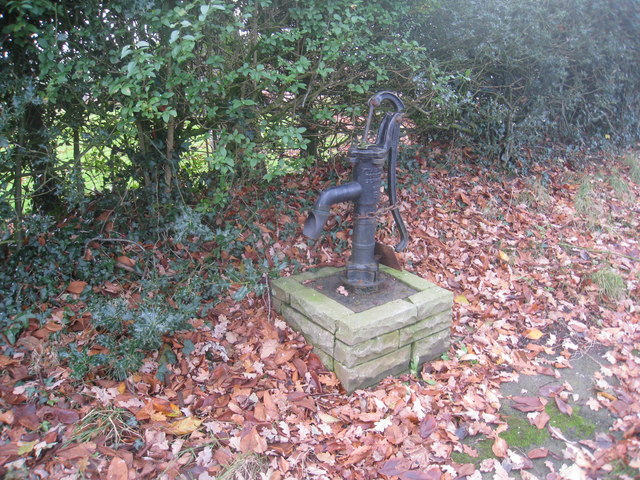Topics > Cumbria > Wreay > Wreay, 1848
Wreay, 1848
WREAY, a chapelry, in the parish of St. Mary, union of Carlisle, Cumberland ward, E. division of the county of Cumberland, 5¾ miles (S.E. by S.) from Carlisle; containing 151 inhabitants. The Lancaster railway passes here, and has some heavy cuttings between the village of Wreay and the house of Woodside, the residence of Miss Losh. The living is a perpetual curacy; net income, £86; patrons and appropriators, the Dean aud Chapter of Carlisle. The chapel, dedicated to St. Mary, has been rebuilt, at the expense (with the exception of a small donation from the Dean and Chapter) of Miss Losh, who has had it profusely decorated with stained glass. The reading-desk is formed of an eagle, on whose spread-out wings the chesnut-bound Bible and prayer-book are retained by chains; the sermon is preached from the butt of a black oak, cut in imitation of the sigilaria or antediluvian palm-tree; and the clerk's desk, on the opposite side, is the figure of a pelican; all very boldly carved. There are numerous figures and ornaments in and about the communiontable, and other parts of the chapel. A school, erected by subscription in 1760, was endowed by John Brown in 1763 with £200, which were laid out in land now producing £15 a year.
Extract from: A Topographical Dictionary of England comprising the several counties, cities, boroughs, corporate and market towns, parishes, and townships..... 7th Edition, by Samuel Lewis, London, 1848.

from https://www.cumbriacountyhist…
Wreay Parish
- "Chapelry and township in St Mary’s parish (Carlisle), Cumberland ward, Cumberland. Absorbed into St Cuthbert Without CP 1934....manorial rights held by Carlisle Priory, passing to Dean and Chapter of Carlisle …
Added by
Simon Cotterill


from https://www.cumbriacountyhist…
Wreay Parish
- "Chapelry and township in St Mary’s parish (Carlisle), Cumberland ward, Cumberland. Absorbed into St Cuthbert Without CP 1934....manorial rights held by Carlisle Priory, passing to Dean and Chapter of Carlisle …
Added by
Simon Cotterill



